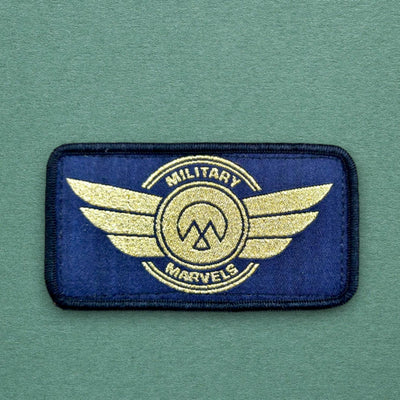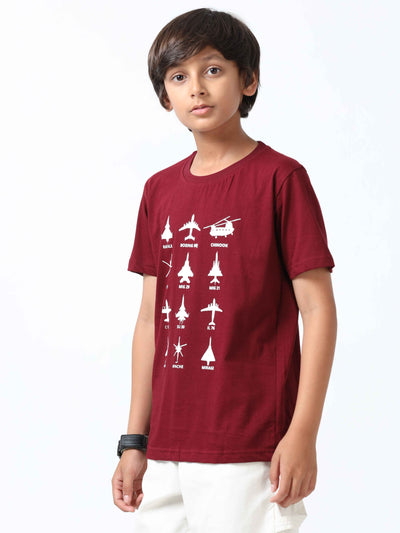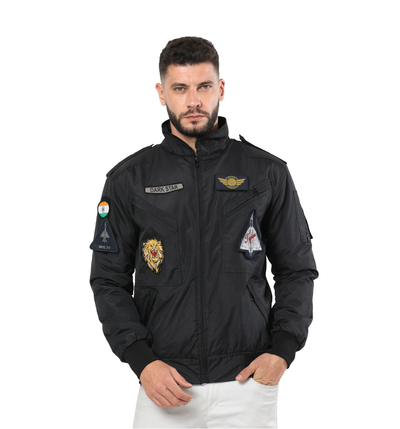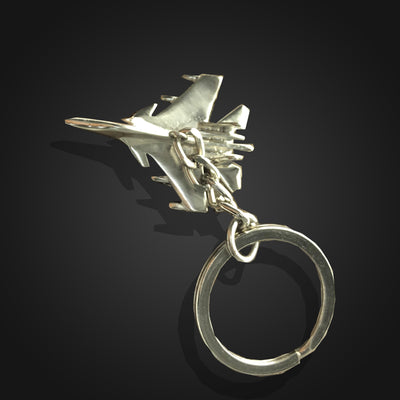Non-Refundable

What Makes the Indian Army Uniforms Unique?
Share
What Makes Indian Army Uniforms Unique?
The Indian Armed Forces are known for their discipline, valor, and professionalism. Along with their high level of training and expertise, the unique uniforms of the Indian Army, Indian Navy, and Indian Air Force play a significant role in projecting their identity. These uniforms are designed to suit the specific needs of each service branch while reflecting the rich traditions of the forces. From Indian Army t-shirts to Indian Air Force jackets and Indian Navy t-shirts, each uniform element serves a functional and symbolic purpose. Let’s explore what makes the uniforms of the Indian Armed Forces stand out.
The Indian Army Uniform: Tradition Meets Modern Functionality
The Indian Army uniforms have evolved over the years, adapting to changing military needs while preserving a sense of tradition. The primary objective of the uniform is to ensure that the soldiers are equipped for the diverse and challenging terrains they encounter, from the icy mountains of Siachen to the hot deserts of Rajasthan.
Camouflage and Combat Readiness
One of the most defining features of the Indian Army uniform is its camouflage pattern. These patterns are tailored to suit the specific environment in which soldiers operate. For instance, desert camo uniforms feature earthy tones that blend with the arid surroundings, while forest uniforms are designed with green and brown shades to match wooded areas. This camouflaging helps soldiers stay concealed during operations.
Durability and Comfort
The fabric used in Indian Army uniforms is chosen for its durability and comfort, ensuring that soldiers can move easily during extended deployments. The uniforms are made from lightweight, breathable materials, which are particularly important in harsh climates. Indian Army t-shirts, a common choice for casual or training wear, are crafted from high-quality cotton or moisture-wicking materials to keep soldiers comfortable during intense physical activities.
Symbolism in Rank and Insignia
The Indian Army uniform also stands out due to its detailed insignia, which signifies rank, unit, and awards. These symbols are a source of pride for soldiers and serve to reinforce the hierarchy within the armed forces. The starched epaulets, badges, and patches reflect the soldier’s achievements and responsibilities, with each element meticulously placed to follow military tradition.
Indian Air Force Jackets: Defining Style and Functionality
The Indian Air Force has a distinct uniform, and one of the most iconic elements is the Indian Air Force jacket. This piece of attire not only provides protection and warmth but also serves as a symbol of pride and professionalism for the airmen.
Flight Jackets for Aviators
A staple of the Indian Air Force uniform, the flight jacket is worn by pilots and crew members during missions and operations. These jackets are designed with functionality in mind, offering features such as windproof material, thermal insulation, and plenty of pockets for holding essential items like maps or communication devices. In high-altitude operations, where temperatures drop drastically, the Indian Airforce jacket provides critical warmth and protection.
Symbolic Elements
The jackets often bear patches, insignias, and squadron emblems that tell a story of the airman’s journey. These symbols of unit pride and personal achievement are not just decorative; they are an integral part of the military culture, fostering camaraderie among airmen.
Multi-Purpose Wear
While the Indian Airforce jacket is primarily designed for operational use, its sleek design has also made it popular in more casual settings. The jacket’s clean lines and practical features make it a preferred option for airmen both on and off duty, blending military utility with everyday fashion.
Indian Navy T-Shirt: Sailor Style with a Purpose
The Indian Navy has its own unique set of uniforms, each one crafted to meet the demands of life at sea. A popular casual and operational option is the Indian Navy t-shirt, which reflects both tradition and modernity.
Naval Camouflage
The Indian Navy has introduced a special naval camouflage uniform, which features a mix of blue, grey, and black. This pattern is designed to provide concealment in marine environments and is tailored to the specific needs of naval personnel.
Comfort at Sea
The Indian Navy t-shirt is made from lightweight, quick-drying fabrics to suit the humid and sometimes harsh conditions at sea. Comfort is a priority, as naval personnel are often engaged in physically demanding tasks, and the uniform must allow for ease of movement. Breathable fabrics and moisture-wicking properties ensure that sailors remain comfortable, even in the sweltering heat.
Distinctive Emblems
Like the Indian Army and Air Force, the Indian Navy t-shirt carries symbolic elements, such as badges, insignia, and ranks. These emblems are crucial in identifying naval personnel’s roles and responsibilities on board ships and during naval operations.
Ceremonial vs. Combat Uniforms
All three branches of the Indian Armed Forces have separate uniforms for ceremonial and combat purposes. Ceremonial uniforms are designed to be visually impressive, often adorned with elaborate embellishments such as medals, gold braiding, and colored sashes. These uniforms are worn during parades, formal events, and interactions with foreign dignitaries. They are often designed in bright colors like navy blue, olive green, or white, which differ from the more muted tones of combat uniforms.
On the other hand, combat uniforms focus on functionality and are designed for practical use in hostile environments. These uniforms are typically in camouflage or solid colors, aimed at providing protection, comfort, and concealment during operations.
The Evolution of Indian Armed Forces Uniforms
The uniforms of the Indian Armed Forces have gone through significant changes over the years. The early uniforms, heavily influenced by British military attire, were formal and often impractical for India’s diverse climates and challenging terrains. As the country gained independence, the uniform designs became more suited to India’s specific needs, with an emphasis on durability, functionality, and comfort.
Today, the uniforms of the Indian Army, Air Force, and Navy strike a balance between tradition and modernity, combining elements of their rich history with state-of-the-art materials and designs.
The Role of Uniforms in Building Military Identity
Uniforms serve a far more significant role than just clothing; they are a source of identity and pride for the members of the Indian Armed Forces. Whether it’s the Indian Army t-shirt worn during physical training, the Indian Air Force jacket donned during flight missions, or the Indian Navy t-shirt symbolizing readiness at sea, each piece of attire contributes to a shared sense of purpose and unity. The uniforms not only project strength and discipline but also foster camaraderie among service members.
FAQs
1. What are the main components of the Indian Army uniform?
The Indian Army uniform typically includes a camouflage outfit, boots, caps, belts, and insignias indicating rank and awards. For casual wear, soldiers often use the Indian Army t-shirt, made from comfortable, durable fabrics for training and everyday tasks.
2. What is special about the Indian Air Force jacket?
The Indian Air Force jacket is designed for aviators and crew members, offering features like windproof material, thermal insulation, and functional pockets. It’s also adorned with patches and insignias, representing unit pride and individual achievements.
3. How are Indian Navy t-shirts different from other military uniforms?
The Indian Navy t-shirt is designed with lightweight, quick-drying materials to suit maritime conditions. It often features naval camouflage patterns in shades of blue, gray, and black, designed to provide concealment in marine environments.
4. Do Indian Armed Forces uniforms vary for ceremonial and combat purposes?
Yes, the Indian Armed Forces have separate ceremonial and combat uniforms. Ceremonial uniforms are designed to be visually impressive, while combat uniforms focus on functionality, camouflage, and protection during operations.
5. What materials are commonly used in Indian Armed Forces uniforms?
Indian Armed Forces uniforms are made from durable, lightweight materials suited to the specific climate and operational needs. Fabrics are often breathable and moisture-wicking, ensuring comfort during extended deployments and physically demanding tasks.
Conclusion
The uniforms of the Indian Armed Forces—whether it’s the Indian Army t-shirt, Indian Airforce jacket, or Indian Navy t-shirt—are a unique blend of tradition, functionality, and symbolism. Each element of the uniform is carefully designed to meet the specific demands of its environment while reflecting the heritage and professionalism of the Indian Armed Forces. Whether on the battlefield, in the air, or at sea, these uniforms not only serve a practical purpose but also stand as a symbol of the bravery and unity of the nation's military forces.




